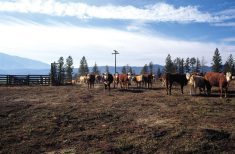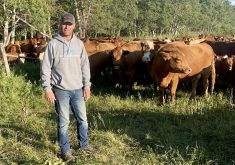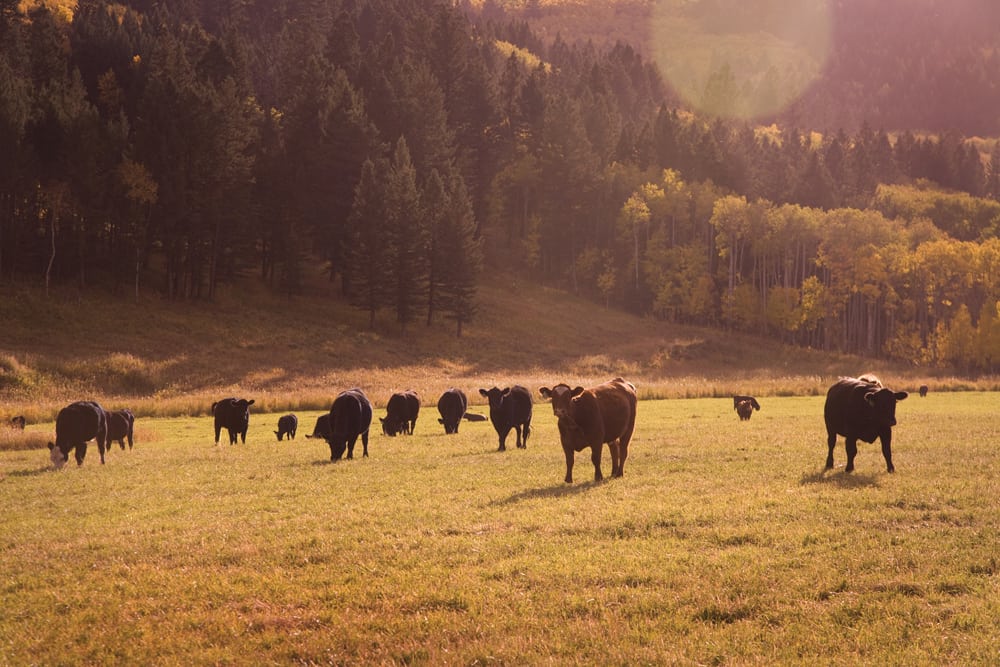The forage industry has been asking for more researchers for a long time and finally, it seems the federal government has listened.
Agriculture and Agri-Food Canada recently issued a job posting for a forage researcher at its Beaverlodge research farm.
It’s a term job — running until 2018 — but a step in the right direction, says the chair of the Canadian Forage and Grassland Association.

“It’s a welcome sign that there’s a realization on the part of the federal government that there is a need for forage research and that there’s a need for (government) to be involved,” said Doug Wray, who ranches near Irricana.
Beaverlodge has a long history of forage research, and thanks to its long summer days, the Peace Country provides ideal growing conditions. Having a forage researcher in their backyard will be a big boost for local groups such as the Peace Country Beef and Forage Association, said Wray.
“Forages are an important crop in that region and it’s great to see that somebody will be working on it in that region. Just having that scientific knowledge up there will be a big benefit,” said Wray.
Peace Country Beef and Forage Association already does some limited joint work with Agriculture Canada and is keen to do more, said Monika Benoit, the association’s manager.
“We’re very excited — we love to collaborate and love to put our resources together to have strong projects and better data,” said Benoit. “We just see it as a very positive development for the industry and the producers of Alberta.”
The hiring will also raise hopes that it might signal the beginning of the end to the steep decline in forage research over the last 15 years that has left the country with only a handful of forage scientists.

Part of the problem is that most producers are two steps removed, buying seed from seed growers but having no direct connection to researchers, said Wray. So it takes awhile for a producer to feel the effects of the dwindling number of researchers.
That’s why his organization and others — such as the Alberta Forage Industry Network and the Agricultural Research and Extension Council of Alberta — have not only been highlighting the problem, but also promoting the work of the remaining researchers, said Wray.
“These groups have allowed producers to get to know these researchers and what they do,” he said. “As soon as you find out what they do — and that there are less and less of them and that most of them are going to retire in the next five years — it’s pretty obvious we’ve got a problem on our hands.
Read Also

Farmer election wish lists miss the mark
Canadian farm groups are laser-focused on trade and tariffs as the federal election approaches, but the key role of food security in national security should not be forgotten.
“The only way we stay competitive in the world marketplace is to keep getting better at what we do.”
That message has been widely heard and received in the Peace, said Benoit.
“We have just over 160 members and people renew their membership every year, so they’re very, very actively engaged,” she said.
Still, forage research has “taken a back seat” in recent years, she said.
The pattern has been to off-load research to industry, said Wray, but the livestock sector isn’t like the grain industry, where farm groups collect checkoffs and used those dollars to directly fund research.
“In the forage world, those checkoffs have to come from the beef and dairy industry,” said Wray. “We’re a second-tier industry.”
As well, there’s less financial incentive for the private sector to develop perennial crops, simply because producers aren’t reseeding pastures every year.
“You can have it in your stand for 10 or 15 years if you manage it well,” said Wray.
But none of that lessens the need to create new and better forage cultivars, he added.
There’s also a need to test varieties in different regions, said Benoit and Akim Omokanye, the association’s research co-ordinator.
Their group runs small trials on a host of forages at four locations in the Peace, with a major emphasis on finding out which varieties yield well in their region and produce quality feed.
It’s exciting to have a new researcher in the province, said Omokanye.
“This is a good day in terms of collaboration, for basic research, and also for applied research,” he said.
At 13 million hectares, forages are the largest cultivated crop in Canada (with another 15 million hectares of native pasture land). The forage industry is valued at $5.1 billion, and Canada exports nearly $300 million of forages annually to countries such as Japan, the United States and China.
“Forage has an impact on tonnes of beef per acre and kilograms of milk per acre,” said Wray. “That’s the bottom line.”
And that’s why government needs to step in with research dollars, he said.
“It’s quite important for provincial and federal government to get involved, because there’s definitely a benefit to it. The industry really benefits from improved efficiencies and the long-term production of these forages.”
















